A design-driven process
Additive manufacturing revolves around the creation of an object by generating one layer at a time. ISMR outlines the process benefits for manufacturers, as well as growth forecasts and new product design possibilities, in its July/August 2024 issue.
##
Additive manufacturing (AM) is increasingly positioned as a transformative technology, driving advances in manufacturing and design processes. It differs from the subtractive method of production, which means grinding out unnecessary material from a block of material. Additive manufacturing involves a layer-by-layer addition of material to form an object while referring to a three-dimensional file with the help of a 3D printer and 3D printer software.
AM offers design flexibility, mass customisation, process sustainability and rapid product development. A range of metals can be used, including options suitable for structural and integral component parts. Common metals employed include steel; titanium; aluminium and cobalt chrome alloy. Typical end-user industries for the AM process include automotive; aerospace; defence; consumer electronic products; medical etc.
“AM is important as it enables, through the layer-wise addition of material, the manufacture of complex high-value products that are impossible to manufacture using traditional methods. AM can also provide reduced product lifetime ownership costs through more efficient products and reduced through-life maintenance. The process also offers sustainability advantages through the efficient use of materials and new, efficient supply chains,” commented the University of Warwick’s Additive Manufacturing group in the UK.
Seven AM process categories
Although some media sources like to use the term “3D printing” as a synonym for all Additive Manufacturing (AM) processes, there are lots of individual processes which vary in their method of layer manufacturing. Individual processes will differ depending upon the material and machine technology used.
There are several additive manufacturing technologies used in the market. These include stereolithography; fuse deposition modelling (FDM); direct metal laser sintering (DMLS); selective laser sintering (SLS); inkjet printing; polyjet printing; laser metal deposition and electron beam melting (EBM); digital light processing (DLP); laminated object manufacturing and others.
The American Society for Testing and Materials (ASTM) group “ASTM F42 – Additive Manufacturing” has formulated a set of standards that classify the range of Additive Manufacturing processes into seven distinct categories. These are listed below.
- Vat Polymerisation: This process uses a vat of liquid photopolymer resin, out of which the model is constructed layer by layer.
- Material Jetting: This process creates objects in a similar method to a two-dimensional inkjet printer. Material is jetted onto a build platform using either a continuous or Drop on Demand (DOD) approach.
- Binder Jetting Process: This uses two materials; a powder-based material and a binder. The binder is usually in liquid form and the build material in powder form. A print head moves horizontally along the x and y axes of the machine and deposits alternating layers of the build material and the binding material.
- Material Extrusion: Fuse deposition modelling (FDM) is a common material extrusion process. Material is drawn through a nozzle, where it is heated and then deposited layer by layer. The nozzle can move horizontally and a platform moves up and down vertically after each new layer is deposited.
- Powder Bed Fusion: This process includes the following commonly used printing techniques: Direct metal laser sintering (DMLS); electron beam melting (EBM); selective heat sintering (SHS); selective laser melting (SLM) and selective laser sintering (SLS).
- Sheet Lamination: These processes include ultrasonic additive manufacturing (UAM) and laminated object manufacturing (LOM). The Ultrasonic Additive Manufacturing process uses sheets or ribbons of metal, which are bound together using ultrasonic welding.
- Directed Energy Deposition (DED): This covers a range of terminology such as laser engineered net shaping; directed light fabrication; direct metal deposition; 3D laser cladding etc. It is a more complex printing process commonly used to repair or add additional material to existing components.
Global market size
“Additive manufacturing revolves around the creation of an object by generating one layer at a time. The emergence of 3D printing with technological advances has highlighted the importance of additive manufacturing processes. Additive manufacturing is basically made to scale the model of the final product at a robust pace without the cost of creating a prototype and a typical set-up process. This saves the overall cost of the manufacturing process by promoting speedy manufacturing for end-user industries,” outlined analyst, Precedence Research.
According to Precedence Research, the global additive manufacturing market size was evaluated at US$ 17.99 billion in 2023 and is expected to reach around US$ 110.13 billion by 2033, poised to grow at a CAGR of 19.85% during the forecast period (2024 to 2033).
“North America led the market and contributed more than 36.14% in 2023. The Asia-Pacific region is expected to witness the highest CAGR throughout the forecast period. By component, the hardware segment captured the largest market share of 61% in 2023. By component, the software segment is expected to expand at the fastest CAGR of growth during the forecast period,” outlined the analyst.
“The industrial 3D printer segment registered more than 65% of revenue share in 2023. The desktop 3D printer segment is expected to grow at a significant CAGR during the forecast period. By technology, the stereolithography segment led the global market in 2023,” it added.
In its new ‘Additive Manufacturing Market’ report, the analyst further confirmed that (by application), the prototyping segment led the market with the highest market share of 57% in 2023. By vertical, the automotive segment recorded the greatest market share of 22% in 2023. By material, the metal segment dominated the market in 2023 and the segment is expected to sustain its position throughout the forecast period.
“The U.S. additive manufacturing market size accounted for US$ 4.56 billion in 2023 and is estimated to reach around US$ 29.49 billion by 2033, growing at a CAGR of 20.51% from 2024 to 2033,” it concluded.
Focus on benefits
Businesses looking to increase their manufacturing sustainability have an advantage owing to additive manufacturing's favourable environmental effects.
“Compared to conventional production, additive manufacturing offers several advantageous environmental advantages. The two most notable ones are energy and waste minimisation. Comparatively, additive manufacturing technologies are more effective and dramatically lessen the environmental impact of waste products than traditional manufacturing procedures. As additive manufacturing only uses what is necessary to make a product, it offers higher material efficiency,” continued Precedence Research.
One of the main benefits of additive manufacturing is increased speed, enabling a more productive process and generating a paradigm shift for the development of tooling and components.
“Automotive parts can be designed and made in a matter of days rather than the typical turnaround time of weeks. By including additive manufacturing equipment outside the design studio and on the factory floor, automakers can create multiple assemblies from one machine to save time and reduce the amount of component inventory on the shelf,” commented manufacturer, BASF.
New design possibilities
Additive manufacturing also offers a new level of design freedom and the potential for weight reduction in sectors such as automotive.
“With these AM processes, manufacturers in the automotive industry can construct body parts differently than what is possible with traditional sheet metal parts. If you look at a tailored blank, many sheet metal parts and support parts need to be formed and joined together to achieve a certain stiffness. By using structural components printed with AM, on the other hand, you would need fewer process steps and less material, leading to cost optimisation and weight reduction,” explains Christopher Schaak, Technology Manager for Binder Jetting, GKN Additive, in 2021 when the company launched two newly developed metal powder materials.
Besides optimising existing designs, both Binder Jetting and Laser Powder Bed Fusion with the new material can also be used to develop completely new designs (Design for Additive Manufacturing e.g. bionic structures, which is where additive manufacturing truly comes to the fore.
The time it takes for a new product to enter functional validation can also be significantly shortened through AM processes.
“Our customers want to know what the new AM material can achieve in their respective use cases,” explained Sebastian Bluemer, “and how it can be used. It’s faster to print parts with AM than to retool complete traditional production lines and manufacture the parts the conventional way. This means that AM is a good solution to quickly and functionally validate a material and a component and to analyse faster and more efficiently, whether the material can help with a specific application or not.”
To read the rest of this article, see https://joom.ag/57td/p20


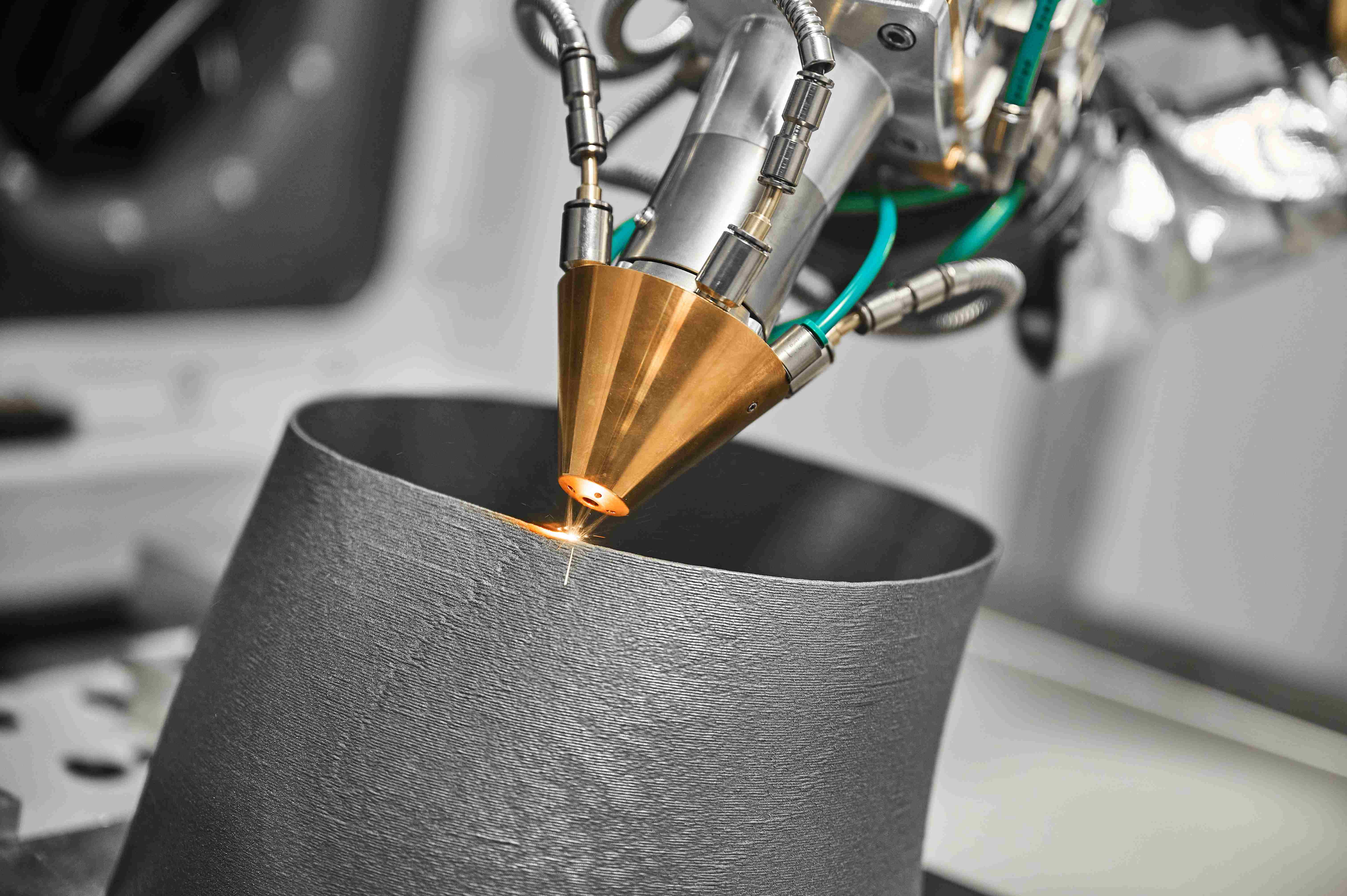

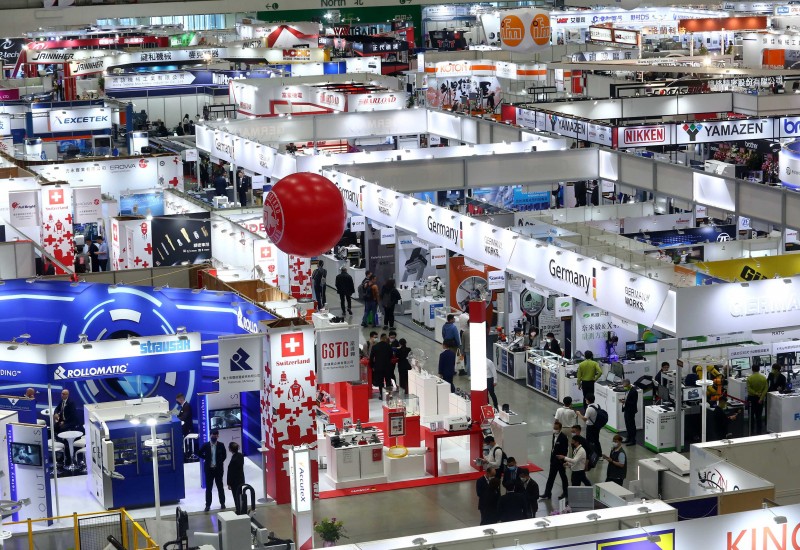






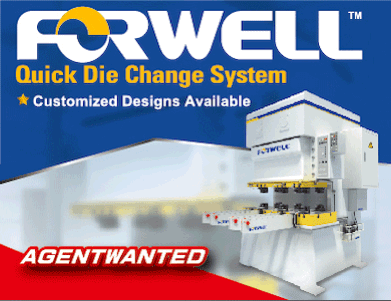

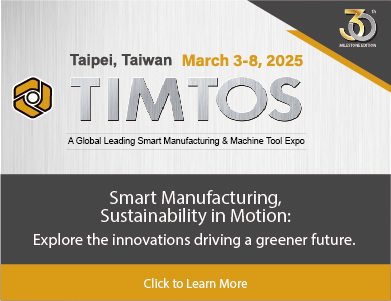
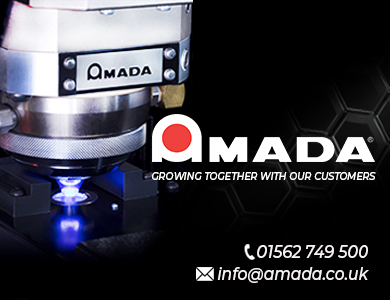
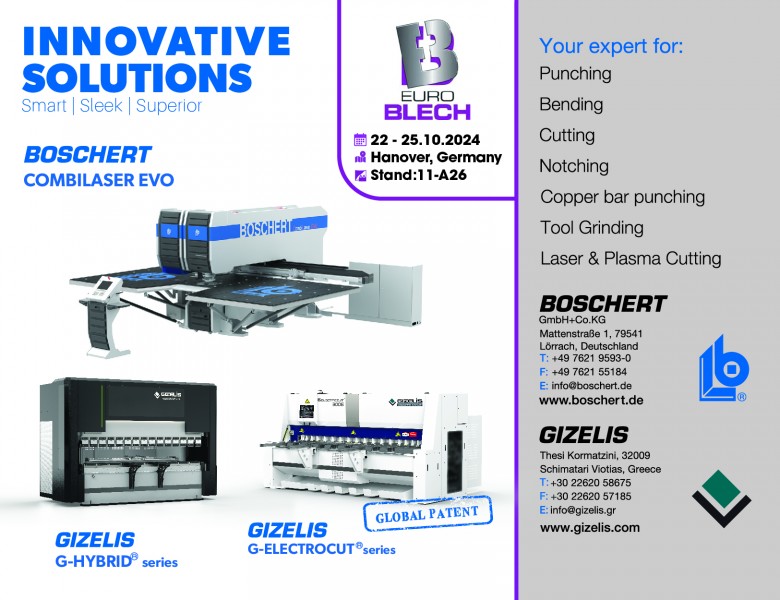
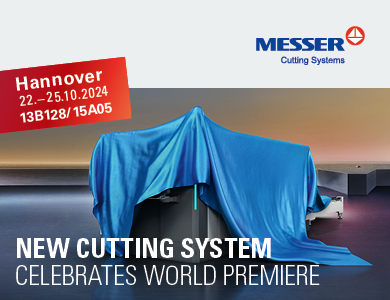
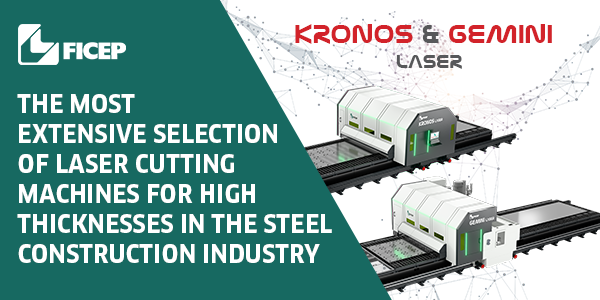
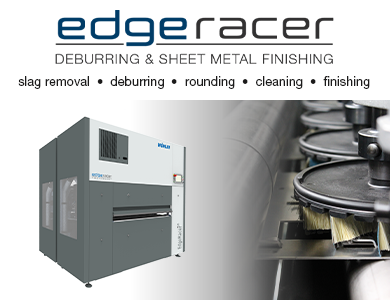

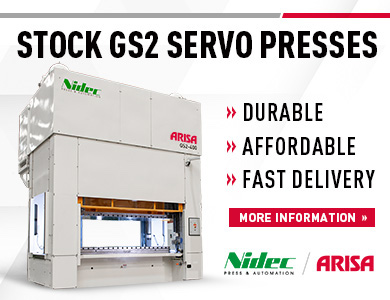
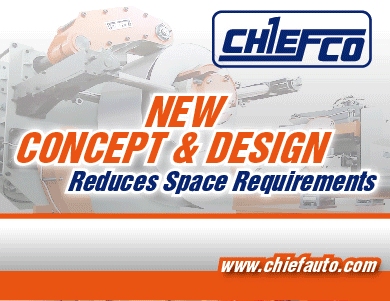
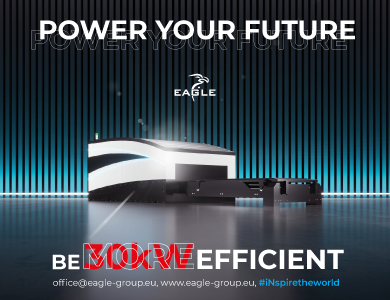

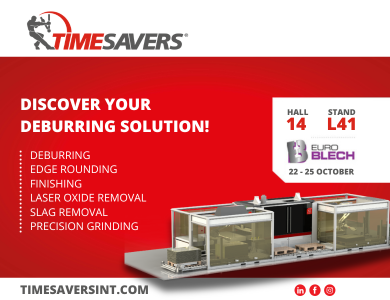
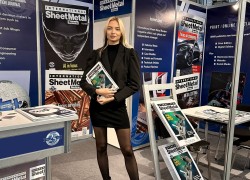
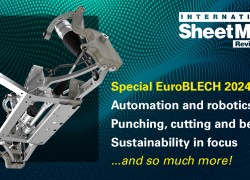


Recent comments